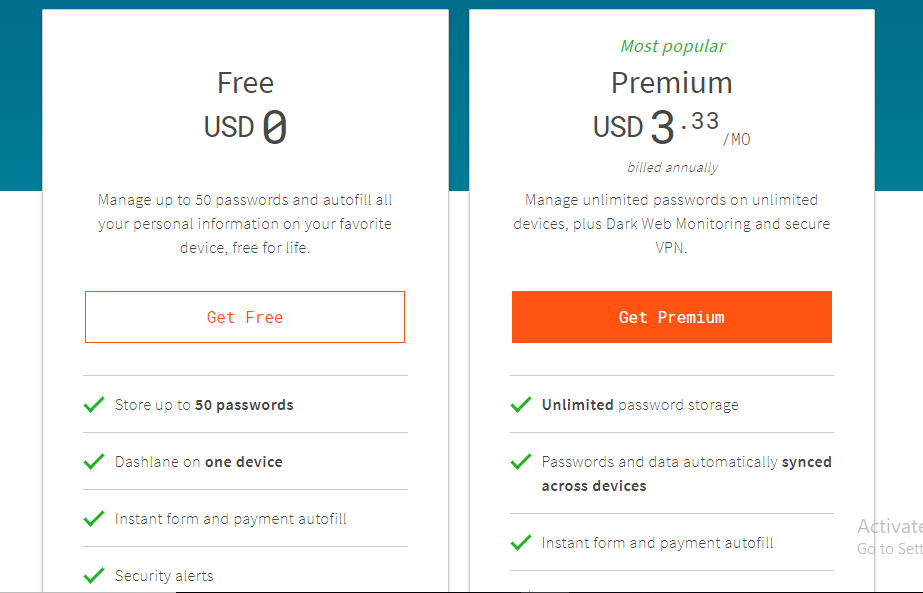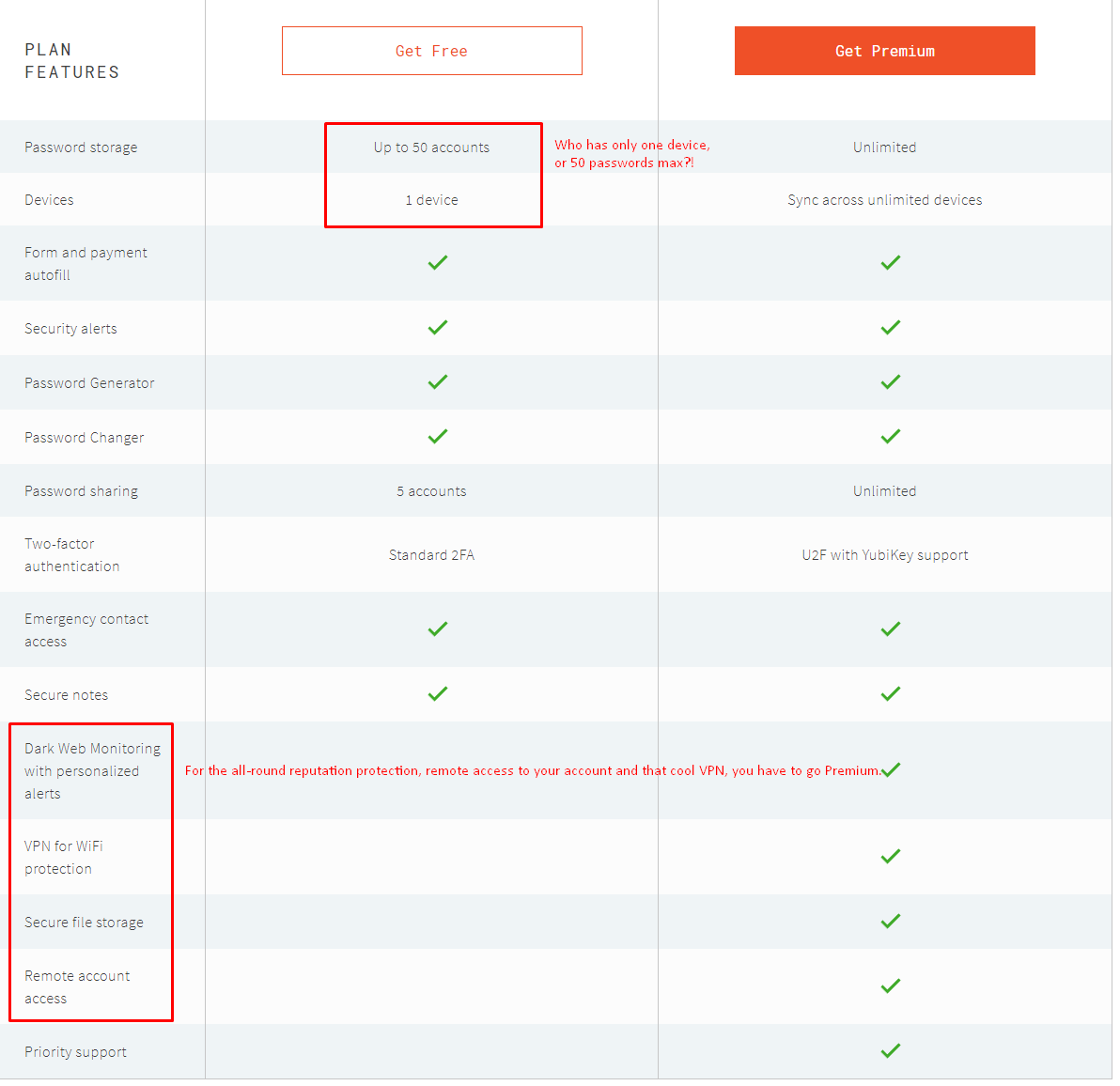

If you grant them full rights, they can edit passwords in Dashlane, share them with other people, grant other people access to the passwords and even revoke your own access. If you grant the person (or people) limited rights to the passwords you choose, all they can really do with them is just use those passwords. The next part is important: selecting limited rights or full rights. Just start typing the name of an account you’re storing in Dashlane and it will appear to choose. In the window that appears, you can manually select which passwords you want to share. In the Dashlane app for Mac or PC, you’re going to head to the Sharing Center accessible from the sidebar on the left.

You can also set up a contact to automatically gain access in emergency situations. If you’re working on a project with someone or perhaps on vacation for a few weeks and want someone to check in on your services, it’s unrealistic to have to fully expose yourself.ĭashlane has a built-in feature for sharing passwords with friends and family in a way that’s super secure and keeps you completely in control. You could have hundreds of different passwords to store. You can grant people you trust access to some websites but not others | Shutterstockĭepending on how much time you spend on the computer, all these passwords will quickly add up. First of all, good for you because you’re taking the steps to be super secure on the web. However, there can come some times when you might actually want to share a password with someone without revealing all of your credentials.

If you use a password manager like Dashlane or even another manager like LastPass or 1Password, odds are you use a different password for virtually every website or service you’re signed up for.


 0 kommentar(er)
0 kommentar(er)
